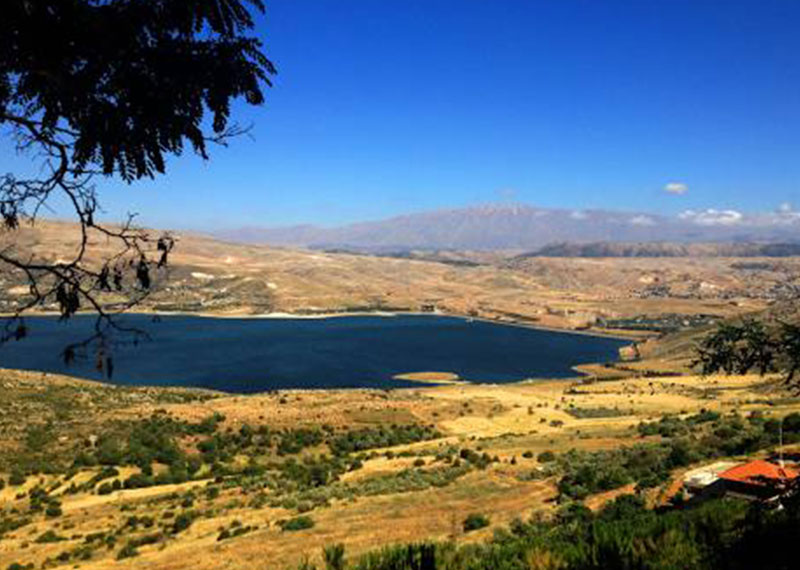
Beqaa Valley
The Beqaa Valley, also transliterated as Bekaa, Biqâ and Becaa and known in Classical antiquity as Coele-Syria, is a fertile valley in eastern Lebanon
The Beqaa Valley, also transliterated as Bekaa, Biqâ and Becaa and known in Classical antiquity as Coele-Syria, is a fertile valley in eastern Lebanon. It is Lebanon's most important farming region.
Industry also flourishes in Beqaa, especially that related to agriculture. The Beqaa is located about 30 km east of Beirut. The valley is situated between Mount Lebanon to the west and the Anti-Lebanon Mountains to the east. It forms the northeasternmost extension of the Great Rift Valley, which stretches from Syria to the Red Sea.
Beqaa Valley is 120 kilometers long and 16 kilometers wide on average. It has a Mediterranean climate of wet, often snowy winters and dry, warm summers. The region receives limited rainfall, particularly in the north, because Mount Lebanon creates a rain shadow that blocks precipitation coming from the sea. The northern section has an average annual rainfall of 230 millimeters, compared to 610 millimeters in the central valley. Nevertheless, two rivers originate in the valley: The Orontes, which flows north into Syria and Turkey, and the Litani, which flows south and then west to the Mediterranean Sea
- Share on :